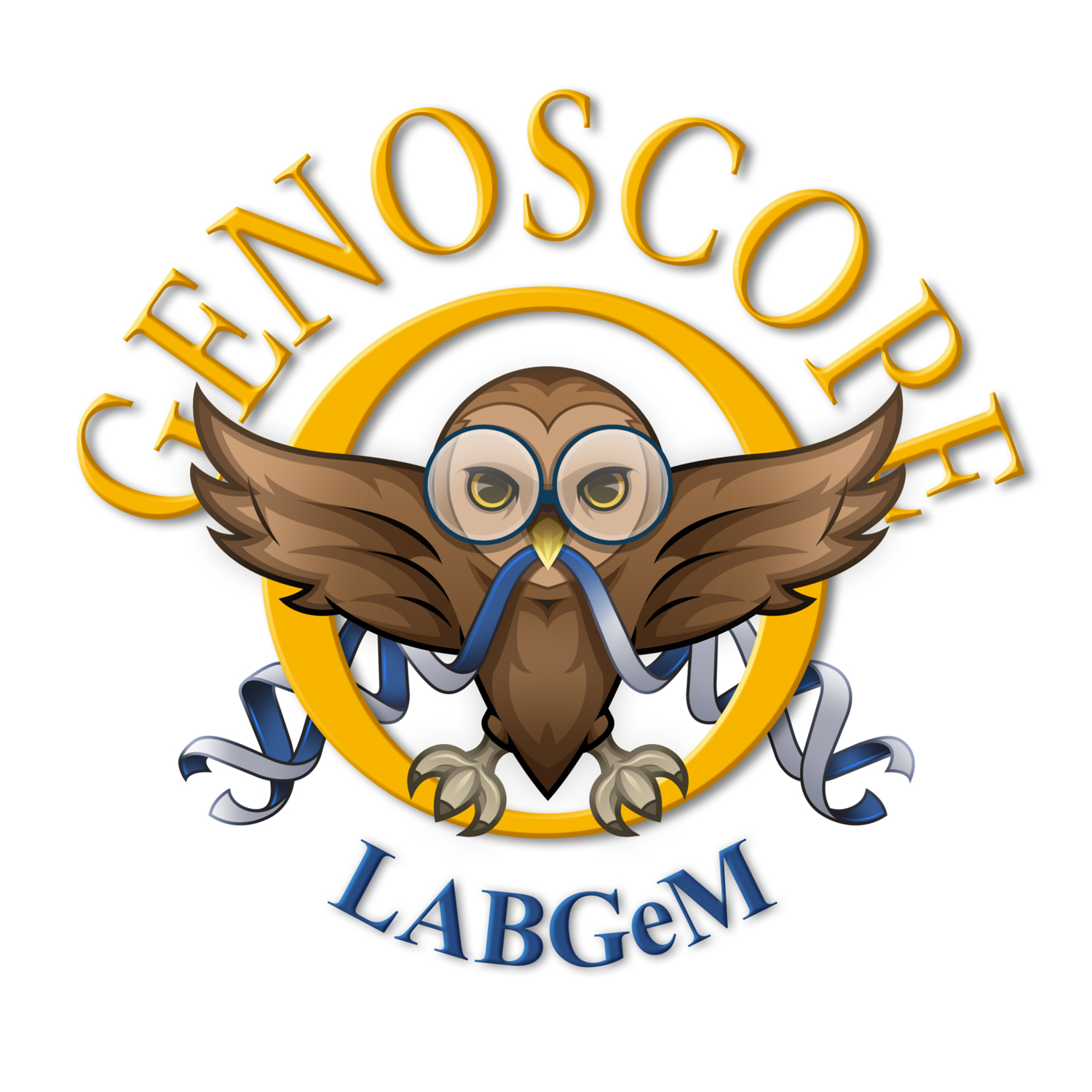Abstract
The emergence of eukaryotes (eukaryogenesis) is one of the central, extensively debated and yet unanswered questions in biology. It was proposed that informational genes as well as cytoskeleton and membrane remodelling/cell division machineries of eukaryotes have been inherited from an archaeal ancestor. Most of these eukaryotic-like proteins, often referred to as eukaryotic signature proteins (ESP), are scattered across different lineages of the TACK (Thaumarchaeota–Aigarchaeota–Crenarchaeota–Korarchaeota) superphylum1,2. For instance, homologs of eukaryotic actin, called crenactin, the key cystoskeleton component, are encoded by hyperthermophilic archaea of the order Thermoproteales3, but are lacking in other members of the phylum Crenarchaeota. Conversely, all crenarchaea except for Thermoproteales encode the ESCRT (endosomal sorting complex required for transport) system, which is involved in various membrane remodeling processes, including cell division and biogenesis of extracellular vesicles4,5. Remarkably, in Asgard archaea (phylum Asgardarchaeota), an expansive assemblage of archaea recently discovered largely through metagenomics studies, many ESPs are gathered within the same organism. We hypothesize that eukaryotic-like gene suite of Asgard archaea has been accumulated through a step-wise horizontal gene acquisition and gradual coalescence of different cell biology features within an Asgard archaeal lineage, providing conditions for the emergence of the complex cells’phenotype. The aim of the ARCHANE project is to test this hypothesis through 3 dedicated work-packages designed for computational and experimental reconstruction of the eukaryotic-like phenotype in genetically tractable archaeal models.
Notably, many of the Asgard archaea are thermophiles or hyperthermophiles and very recent phylogenomic reconstruction suggested that the last common ancestor of Asgard archaea was indeed a thermophile6. This offers a possibility to study the properties of Asgard archaeal ESPs in archaeal hyperthermophiles with well-established genetic systems and to assess the changes in cell biology upon gradual introduction of different ESPs. Our first objective is to perform a census of archaeal ESPs using comparative genomics and phylogenomics to infer the gradual complexification of the archaeal cells into a complex protoeukaryotic-like ancestor. The second objective is to reconstruct the complexification of the Asgard-like membrane remodeling and cytokinesis system (ESCRT machinery) in two different hyperthermophilic archaeal model systems. Finally, the third objective is to study the evolution of the archaeal cytoskeleton ESPs (actin and tubulin) and their interplay with the membrane remodelling machinery. The principal goal of the ARCHANE project is to shed light on the evolution of cell biology in archaea.
Figure 1 : Schematic representation of the main objective of the ARCHANE project
- 1Koonin, E. V. & Yutin, N. The dispersed archaeal eukaryome and the complex archaeal ancestor of eukaryotes. Cold Spring Harb Perspect Biol 6, a016188 (2014).
- 2 Guy, L. & Ettema, T. J. The archaeal ‘TACK’ superphylum and the origin of eukaryotes. Trends Microbiol 19, 580-7 (2011).
- 3 Izoré, T., Kureisaite-Ciziene, D., McLaughlin, S. H. & Löwe, J. Crenactin forms actin-like double helical filaments regulated by arcadin-2. Elife 5, e21600 (2016).
- 4 Liu, J. et al. Archaeal extracellular vesicles are produced in an ESCRT-dependent manner and promote gene transfer and nutrient cycling in extreme environments. ISME J 15, 2892-2905 (2021).
- 5 Tarrason Risa, G. et al. The proteasome controls ESCRT-III-mediated cell division in an archaeon. Science 369 (2020).
- 6 Eme, L. et al. Inference and reconstruction of the heimdallarchaeial ancestry of eukaryotes. bioRxiv (2023).
